Tribal arts exhibition and workshops can have a significant impact on the economic livelihoods of tribal communities. Tribal art is a unique form of art that represents the cultural heritage of indigenous communities. These art forms are usually created by the tribal people, and they reflect their way of life, beliefs, and traditions. Exhibitions and workshops can provide a platform for these communities to showcase their art and promote their culture, generating income for the community and supporting their livelihoods.
Tribal art exhibitions can attract a large audience, including art collectors, art enthusiasts, and tourists. This exposure can lead to increased demand for tribal art, resulting in a higher price for their work. Moreover, exhibitions can lead to collaborations between tribal artists and designers, leading to new products and art forms that can be sold in the market. This, in turn, can generate new employment opportunities for the tribal community.
Workshops can provide tribal artists with opportunities to learn new skills and techniques, improving the quality of their work and increasing its market value. Workshops can also provide tribal communities with access to resources and networks that they may not have had before, leading to increased income and economic stability.
Exhibitions and workshops can also play a role in preserving tribal art and culture. Through these events, the younger generation can learn about their cultural heritage and traditions, leading to the continued practice and preservation of tribal art forms.
The tribal art exhibitions and workshops can have a significant impact on the economic livelihoods of tribal communities. They provide a platform for tribal artists to showcase their work, generate income, and promote their culture. They can also lead to collaborations, new products, and employment opportunities. Moreover, they can play a role in preserving tribal art and culture for future generations. Therefore, it is essential to support and promote tribal art exhibitions and workshops to ensure the economic stability and cultural preservation of these communities.
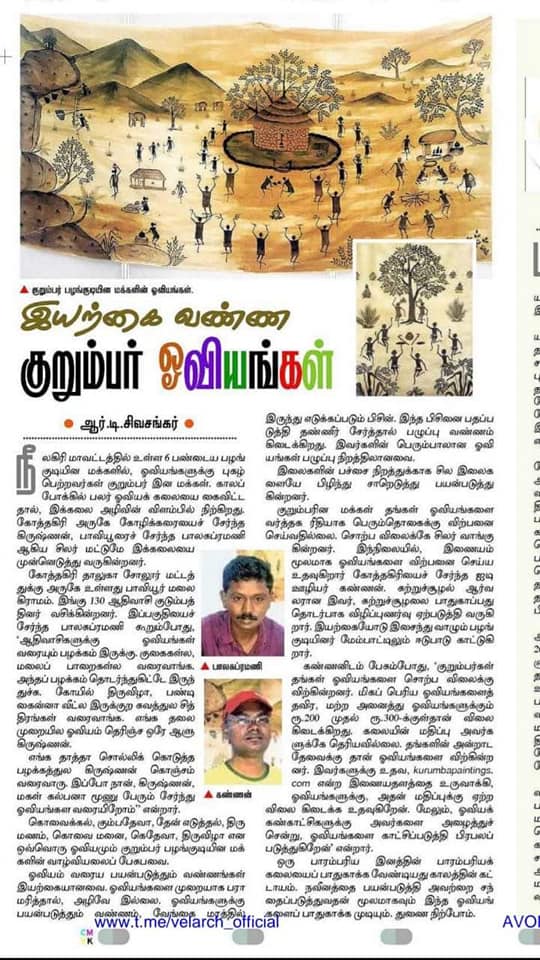
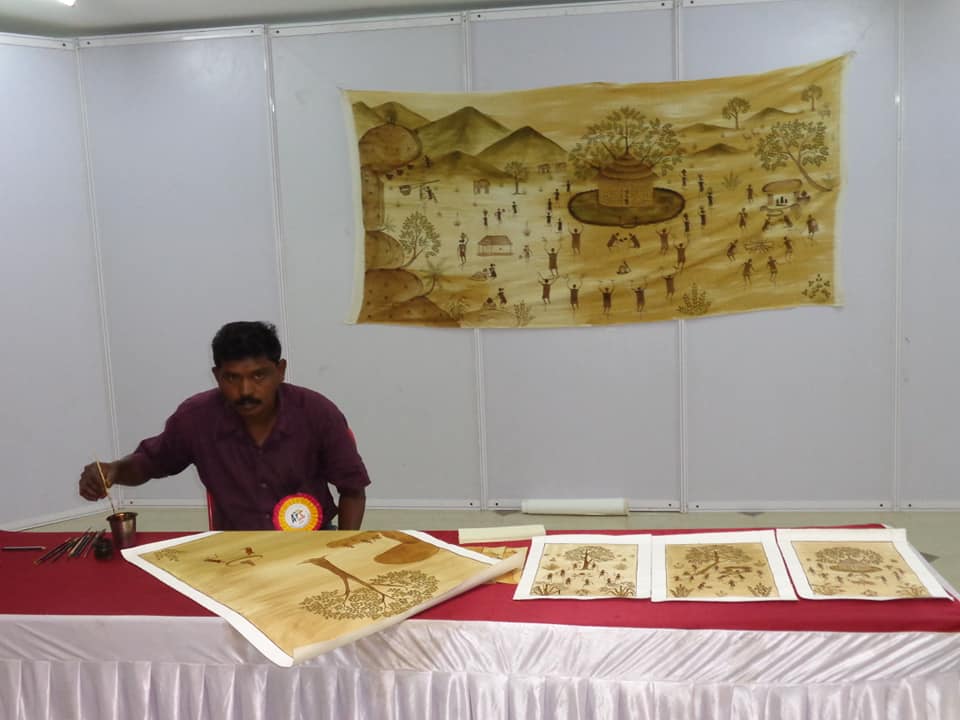
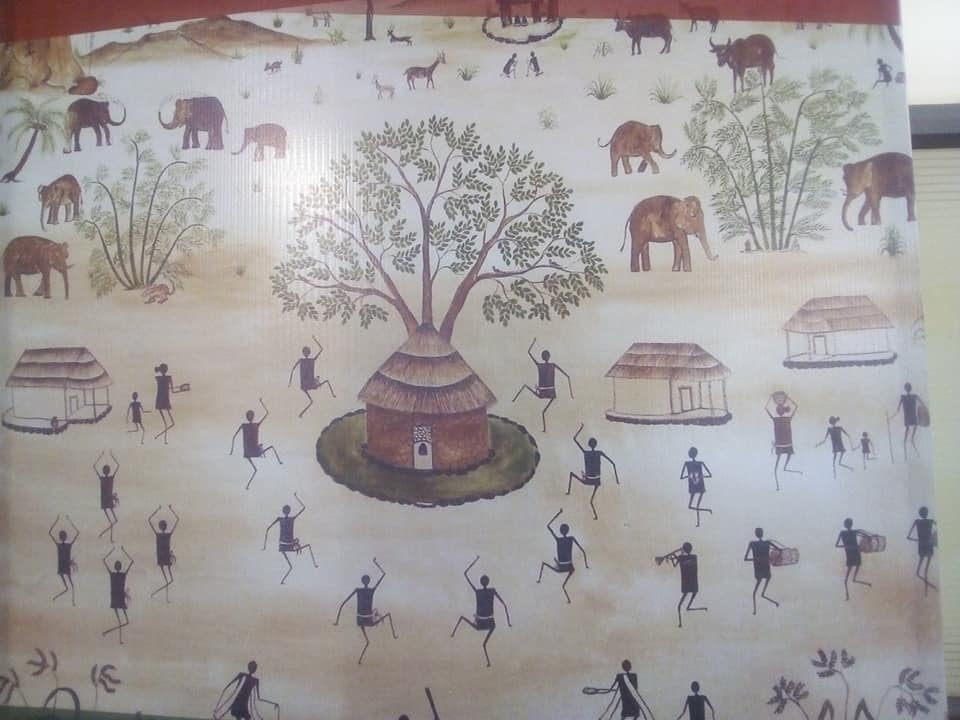
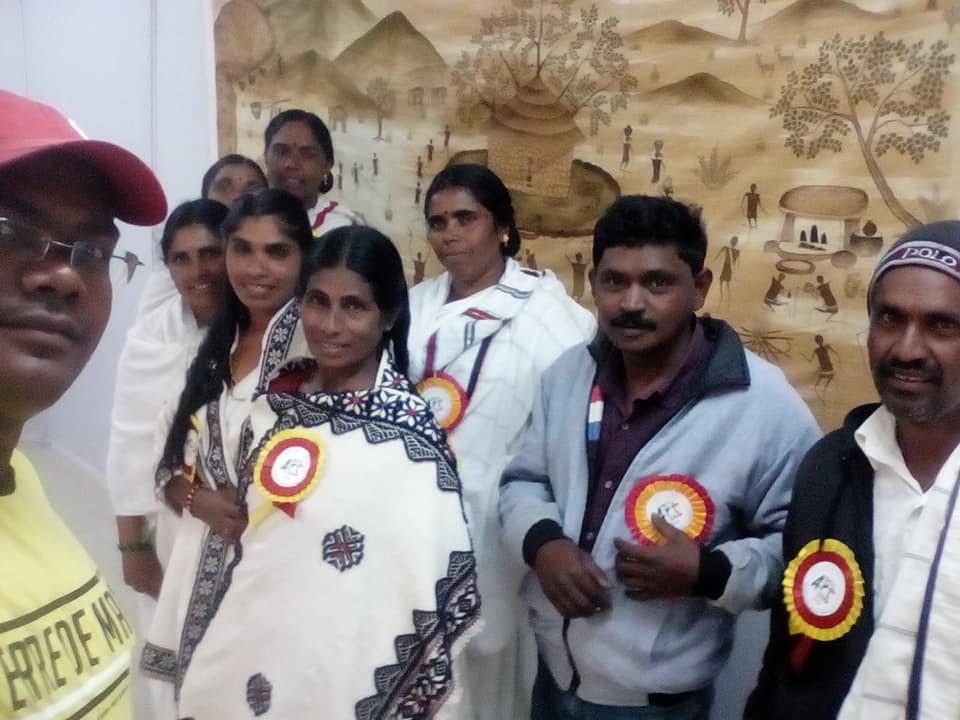
ECOSYSTEM
Positive growth.
Nature, in the common sense, refers to essences unchanged by man; space, the air, the river, the leaf. Art is applied to the mixture of his will with the same things, as in a house, a canal, a statue, a picture. But his operations taken together are so insignificant, a little chipping, baking, patching, and washing, that in an impression so grand as that of the world on the human mind, they do not vary the result.
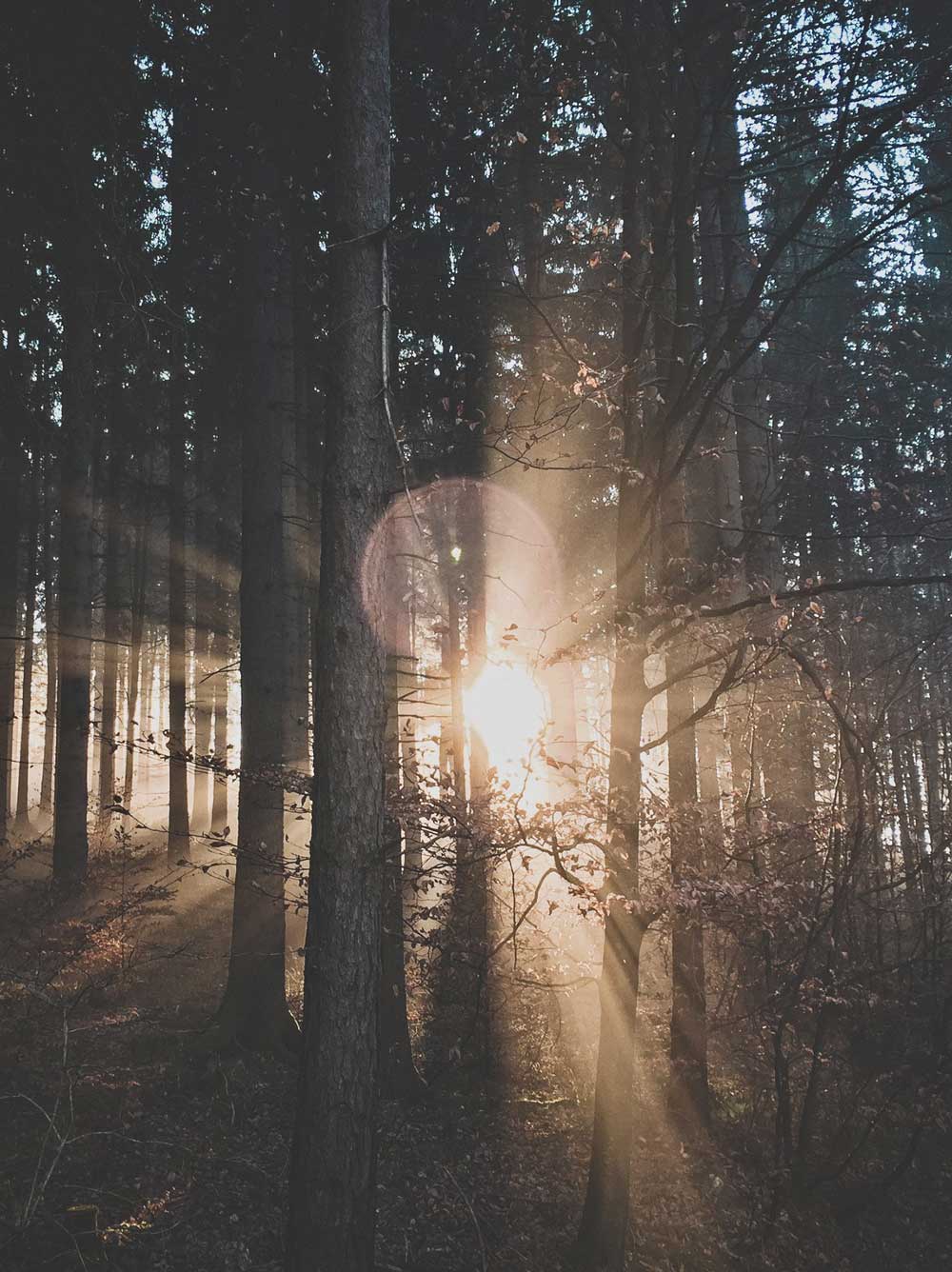

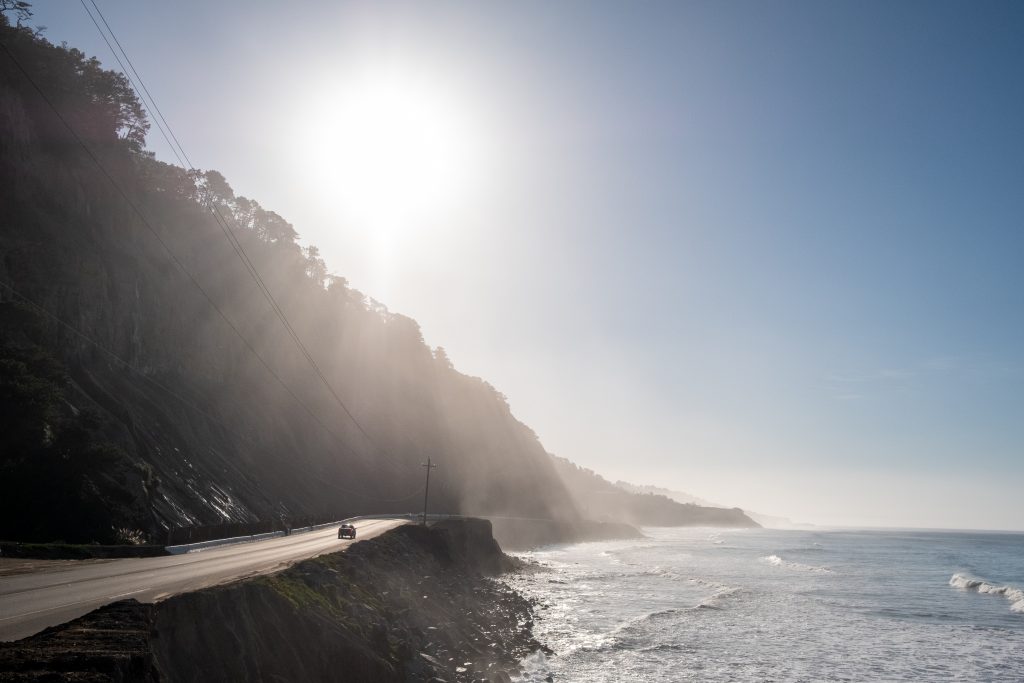
Undoubtedly we have no questions to ask which are unanswerable. We must trust the perfection of the creation so far, as to believe that whatever curiosity the order of things has awakened in our minds, the order of things can satisfy. Every man’s condition is a solution in hieroglyphic to those inquiries he would put.
